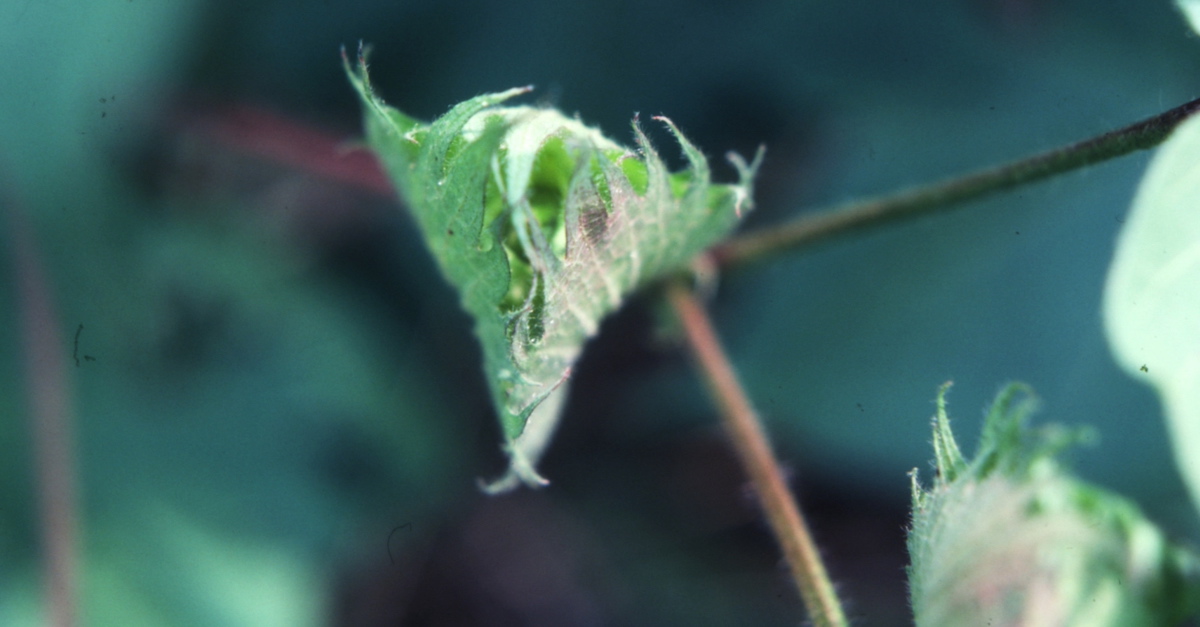New Deltapine Successes Adding Value for Cotton Growers
It was another interesting year for cotton production in the U.S. And although recent history has shown us that “typical” cotton seasons seem to be few and far between, 2023 will be remembered for solid production, more hot weather, and in-field success of some new varieties and technologies.
Eric Best, Deltapine Cotton Product Manager, recognizes the challenges that cotton growers and the industry faced this year, but he’s also excited about some new products from Deltapine that proved their worth and potential long-term value this season.
“DP 2333 B3XF came out in the Class of ’23,” says Best. “Supply was very limited this year. We wanted to make sure we had enough quality seed to meet demand. From the B3XF pipeline, it’s a very, very strong variety with the potential to raise the yield bar for growers. It’s one to watch during this next year.
“The other B3XF variety I’m excited about — despite the year and the drought and the heat that West Texas had — is DP 2335 B3XF, another mid-maturity variety with resistance to bacterial blight and moderate tolerance to Verticillium wilt that’s going to be a new addition to the Dry Tough program,” he adds. “Some growers in West Texas are still successfully planting some four- or five-year-old germplasm on those tough acres, so we’re looking forward to getting a new product to compliment the current DryTough lineup that looks to be a very strong performer in a tough growing region.”
Best, of course, is encouraging growers to take a good long look at the new ThryvOn Technology, which received full product registration and plenty of market buzz this year. Deltapine rolled out DP 2131 B3TXF and DP 2211 B3TXF in their Classes of ’21 and ’22 and added DP 2317 B3TXF and DP 2328 B3TXF in the Class of ’23. All feature Bollgard 3 and ThryvOn stacked with the XtendFlex technology, with bacterial blight tolerance also in DP 2317 B3TXF.
“We’re seeing those ThryvOn varieties bring a lot of things to the table,” he says. “Growers are telling us that this technology could be a game changer. The ThryvOn cotton varieties seemed to start stronger with fewer thrips feeding on them, fruit set and retention were maintained later in the season, and we’ve seen the potential for less damage from tarnished plant bugs. After harvest, we hope growers will come back and tell us that it all led to improved yields.”
It’s too early to determine which varieties will make up the Deltapine Class of ’24. But growers in the company’s New Product Evaluator (NPE) program this year have been evaluating several potential ThryvOn and B3XF varieties for possible market introduction.
“The ultimate litmus test from a grower’s perspective is, of course, yield. Based on what I’m seeing in the fields, I like our odds,” notes Best. “Most growers have these NPE varieties up against the top commercial products, whether they’re from Deltapine or a licensee or a competitor. They’re being compared to the best of the best, and that bar is set pretty high.”
Best is pretty optimistic about seed production for the coming year. At this point, the ultimate question from a supplier perspective is fairly simple – how many cotton acres will be projected for next year?
“Are we going to land on 9.5 to 10 million acres again, or are we going to see things rebound,” asks Best. “In either situation, whether we’re a 10-million-acre market or back in the 13-million-acre range, we should have ample supply of the varieties growers want.”









